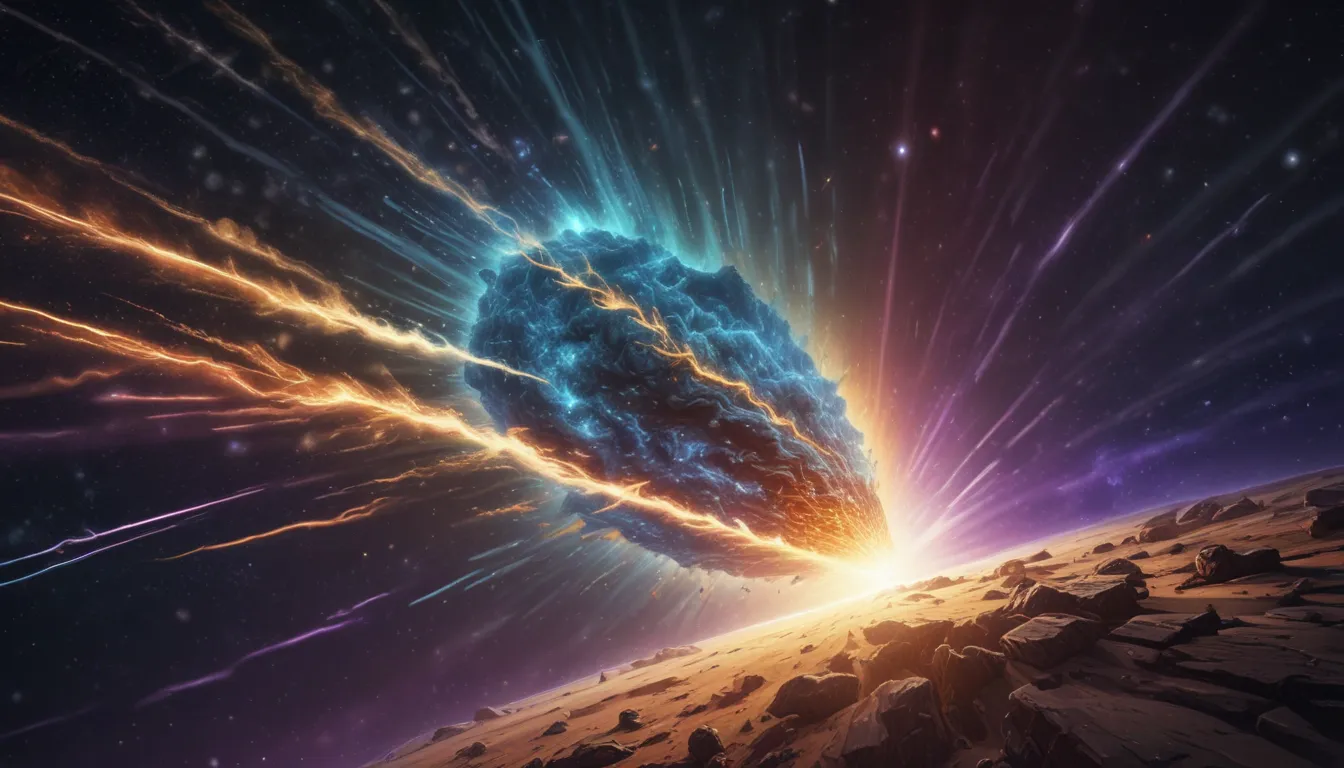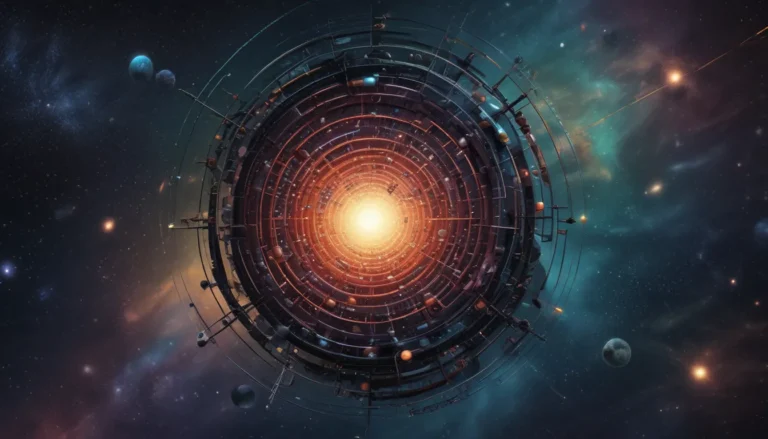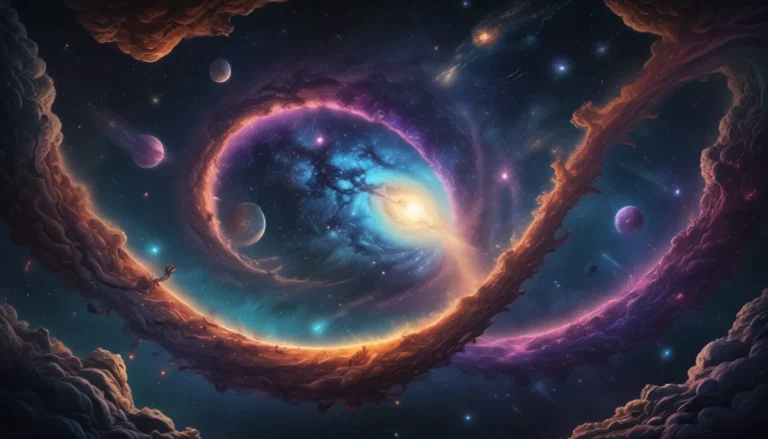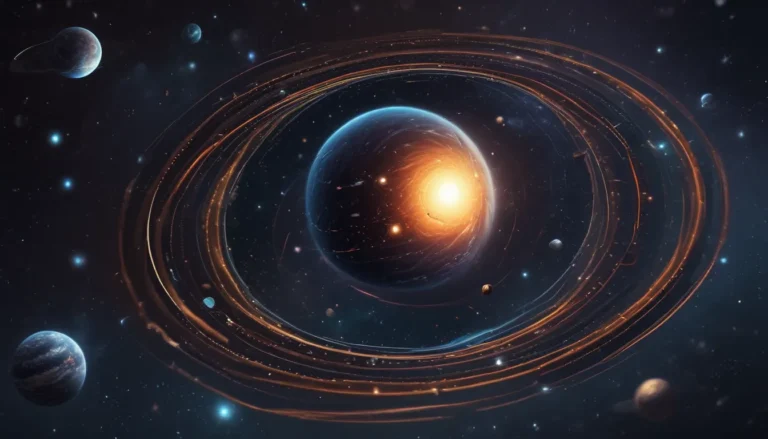The pictures we use in our articles might not show exactly what the words say. We choose these pictures to make you interested in reading more. The pictures work together with the words but don’t take their place. The words still tell you the important facts.
Gamma-ray bursts (GRBs) are captivating cosmic phenomena that have intrigued astronomers for decades. These intense bursts of gamma-ray radiation are among the most potent and enigmatic events observed in the Universe. Delving into the mysteries of GRBs requires a deep understanding of their progenitor models, which serve as theoretical frameworks to elucidate the origins and mechanisms that give rise to these spectacular cosmic explosions.
Join us on a cosmic journey as we explore the astounding facts surrounding gamma-ray burst progenitor models. From the collapse of massive stars to the collision of compact objects, researchers have proposed various hypotheses to unravel the diverse array of progenitors responsible for triggering these cataclysmic events. Let's unravel the secrets of these high-energy phenomena occurring in the far reaches of the Universe.
Unraveling the Mysteries of Gamma-Ray Burst Progenitor Models
Gamma-ray bursts are awe-inspiring cosmic explosions caused by collapsing massive stars or the collision of compact objects. Progenitor models play a crucial role in helping scientists comprehend the origins and diverse properties of these energetic events. Like cosmic blueprints, these models guide researchers in unraveling the mysteries of gamma-ray bursts and deepening our understanding of the Universe.
Exploring the Brightest Cosmic Events
Gamma-ray bursts stand out as the brightest electromagnetic events in the Universe. These powerful outbursts of energy release more radiation in a few seconds than our Sun will emit in its entire lifetime. These explosive events are believed to originate from the collapse of massive stars or the merger of compact objects, such as neutron stars or black holes.
Shedding Light on Progenitor Insights
Progenitor models provide crucial insights into the origins of gamma-ray bursts. These theoretical frameworks aim to explain the various mechanisms responsible for gamma-ray burst formation. By understanding the types of stars, their evolution, and the triggering processes involved in these explosive events, scientists can gain valuable insights into the cosmic phenomena.
Embracing the Role of Massive Stars
Massive stars emerge as prime candidates for gamma-ray burst progenitors. One predominant progenitor model suggests that long-duration gamma-ray bursts are linked to the demise of massive stars, particularly those with at least 25 times the mass of our Sun. As these stars deplete their nuclear fuel, their cores collapse, leading to a supernova explosion and the formation of either a neutron star or a black hole.
Witnessing the Birth of Gamma-Ray Burst Jets
The collapse of a massive star can give rise to a jet that emits high-energy gamma radiation along its axis. This jet is responsible for the intense burst of gamma rays observed from Earth and is believed to form through a process known as the collapsar model.
The Role of Binary Star Systems
In certain scenarios, gamma-ray bursts can result from the merger of binary star systems. When two compact objects, such as neutron stars or black holes, spiral towards each other and eventually collide, a powerful burst of gamma radiation is emitted.
Unraveling the Origin of Short-Duration Bursts
Short-duration gamma-ray bursts are thought to stem from different progenitor models compared to long-duration bursts. These models involve the merger of neutron stars, the collapse of a neutron star into a black hole, or the accretion of matter onto a highly magnetized neutron star.
Grasping the Diversity of Gamma-Ray Burst Properties
Gamma-ray bursts exhibit a diverse range of properties, including duration, spectral shape, and energy output. Progenitor models play a vital role in understanding how various factors, such as the mass, rotation, and metallicity of the progenitor star, influence these differences.
Paving the Way for Future Discoveries
Understanding progenitor models can significantly aid in the detection of gamma-ray bursts. By enhancing our knowledge of these models, scientists can develop improved detection methods and instruments to study these energetic events. This research could potentially lead to more accurate predictions and advanced warning systems for gamma-ray bursts.
Evolving Progenitor Models
As our comprehension of stellar evolution and the physics behind gamma-ray bursts expands, progenitor models continuously evolve. Scientists gather data from various sources, including observations, simulations, and theoretical calculations, to refine our understanding of these captivating celestial phenomena.
Delving Deeper into the Mysteries
While substantial progress has been made in unraveling the complexities of gamma-ray burst progenitor models, numerous unanswered questions remain. Further research, exploration, and collaboration among scientists are essential to deepen our knowledge and unlock the secrets of these enigmatic cosmic events.
Conclusion
Gamma-ray bursts represent some of the most potent and enigmatic phenomena in the Universe. Understanding the progenitor models behind these cosmic explosions is paramount for unraveling their origins and mechanisms. In this article, we explored 10 astounding facts about gamma-ray burst progenitor models, shedding light on the intriguing nature of these celestial events.
From massive stellar explosions to compact binary mergers, scientists have proposed various models to explain the origins of gamma-ray bursts. Each model offers unique insights into the occurrence of these explosive events and their impact on the Universe. By studying the emission properties, duration, and energy release of gamma-ray bursts, astronomers gain valuable insights into the extreme conditions that give rise to such high-energy phenomena.
As we continue to advance in observational techniques and technological capabilities, new discoveries in the realm of gamma-ray burst progenitor models are on the horizon. Further research and exploration will unveil additional astonishing facts, offering us a deeper comprehension of the wonders of the Universe.






